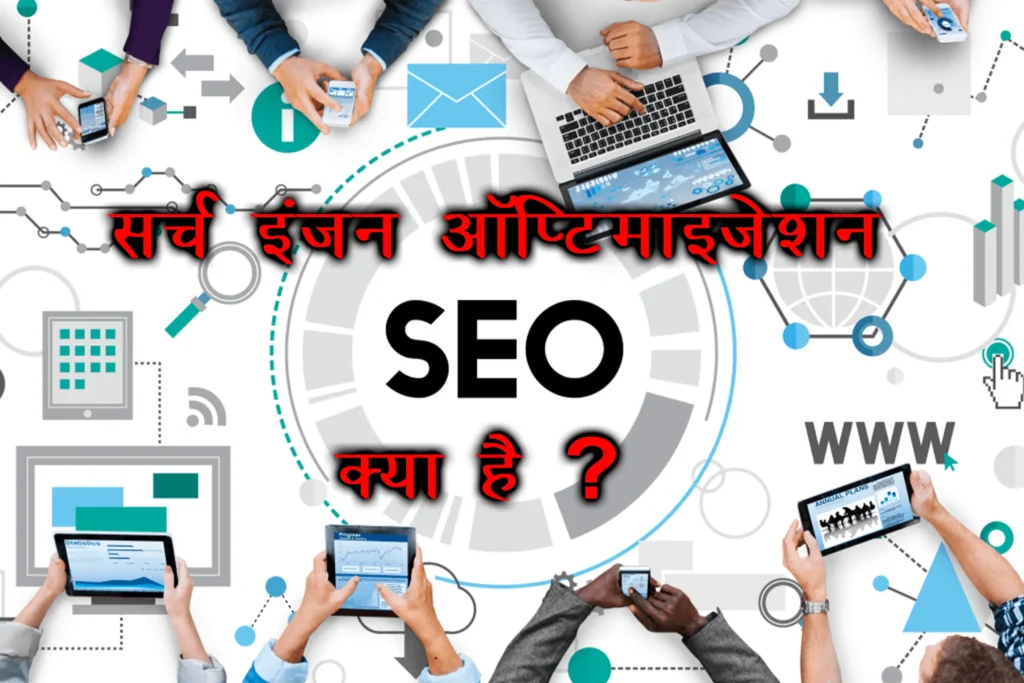
The e-commerce industry has evolved rapidly, and in 2025, it’s more innovative than ever. Entrepreneurs and businesses are exploring new ways to run online stores, with models like dropshipping, print-on-demand (POD), and AI-powered stores gaining popularity. Each model offers its own set of advantages and challenges, and it’s important to understand them to make an informed decision.
In this blog post, we’ll break down the key differences between dropshipping, print-on-demand, and AI-powered stores, highlighting the advantages and helping you decide which model best suits your business goals.
What is Dropshipping?
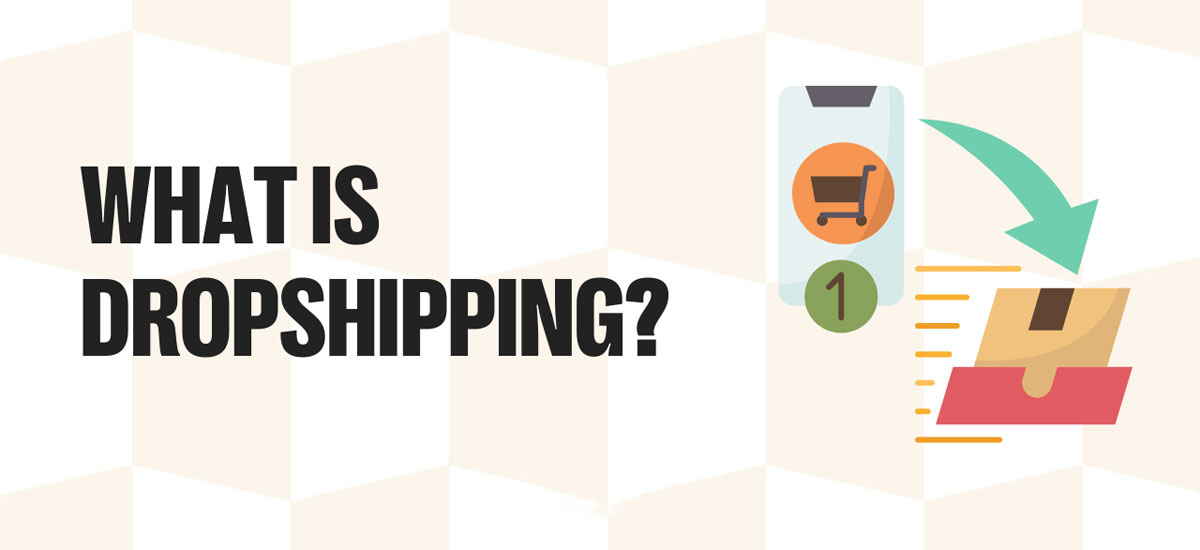
Dropshipping is a popular e-commerce business model where you sell products directly to customers without keeping any inventory. Here’s how it works:
- You list products on your online store that are available from third-party suppliers.
- When a customer places an order, you forward it to the supplier who ships the product directly to the customer.
- You never handle the products physically and only pay for them once the customer has made a purchase.
Advantages of Dropshipping
- Low Startup Costs: Since you don’t have to invest in inventory or warehousing, the initial investment for starting a dropshipping business is minimal.
- Wide Product Selection: You can offer a wide range of products without worrying about storage or upfront costs.
- Scalability: Because you don’t need to manage inventory, scaling your business is easier. You can add more products or target new markets with little extra effort.
- Location Independence: Dropshipping allows you to run your business from anywhere with an internet connection.
Challenges of Dropshipping
- Low Profit Margins: Since you’re not buying products in bulk, your profit margins can be thin, especially when you factor in advertising costs.
- Lack of Control Over Fulfillment: You rely on third-party suppliers to handle inventory and shipping. If there’s a delay or issue, it reflects badly on your business.
High Competition: Dropshipping is an extremely popular model, meaning competition can be fierce, especially in trending niches.
What is Print-on-Demand?
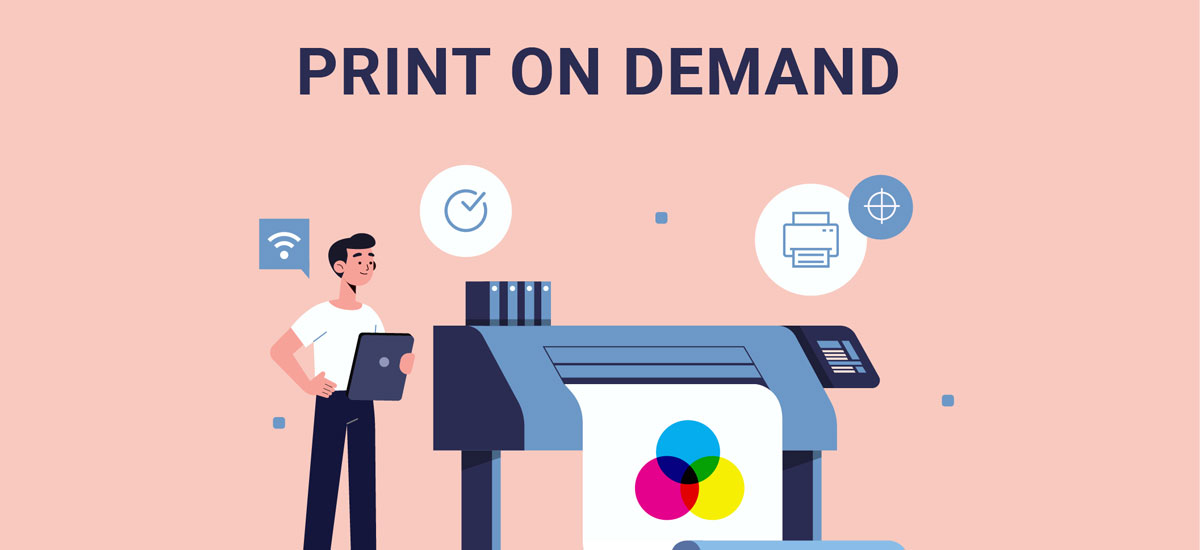
Print-on-demand (POD) is a business model where you design custom products (like T-shirts, mugs, or phone cases), and they are only printed and shipped when a customer places an order. Here’s how POD works:
- You create custom designs for various products (e.g., apparel, home decor, accessories).
- A customer places an order, and the POD provider prints the design and ships the product directly to the customer.
- You never hold any inventory; you only pay for the product when a sale is made.
Advantages of Print-on-Demand
- Creative Control: Since you design the products, you can build a unique brand and offer customized items that aren’t available anywhere else.
- No Inventory Costs: Like dropshipping, there’s no need to invest in inventory upfront, which keeps your overhead costs low.
- Scalability: As orders are fulfilled by a third-party provider, it’s easy to scale your business without worrying about production or storage.
- Niche Market Opportunities: POD allows you to cater to specific niches and trends, giving you the chance to tap into more targeted markets.
Challenges of Print-on-Demand
- Longer Fulfillment Times: POD providers can take longer to produce and ship products compared to dropshipping, leading to potential delays in customer satisfaction.
- Limited Customization: Depending on the POD provider, there might be limitations on the types of products or printing options available.
Lower Profit Margins: Similar to dropshipping, POD typically has lower profit margins, especially after factoring in printing and shipping costs.
What are AI-Powered Stores?
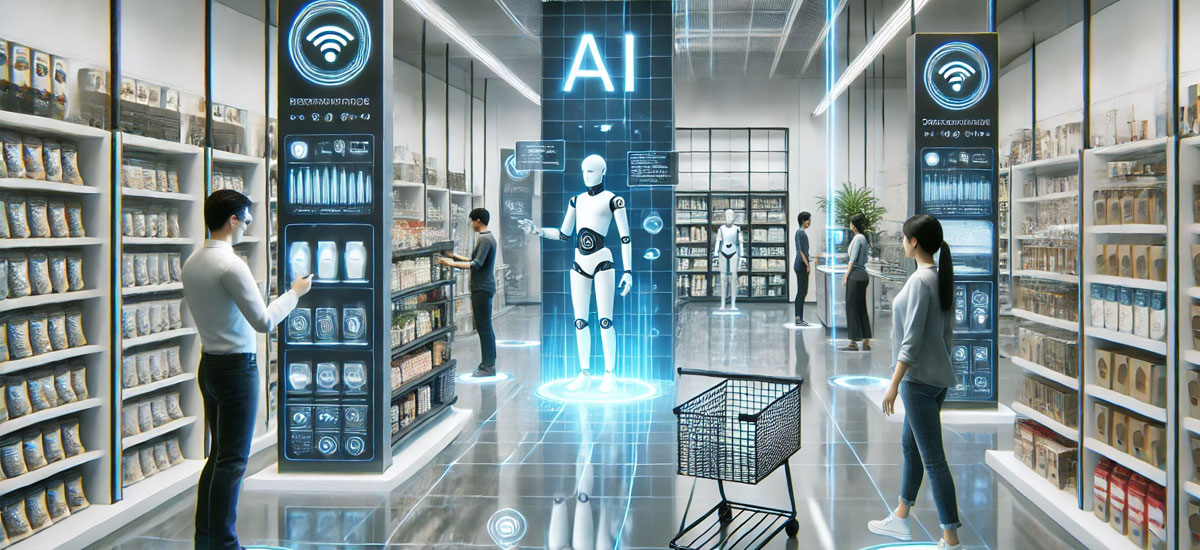
AI-powered stores are a relatively new trend that uses artificial intelligence to automate and personalize various aspects of the e-commerce experience. These stores leverage AI to enhance product recommendations, personalize user experiences, and optimize pricing and inventory management.
AI stores work by integrating machine learning algorithms and data analysis into your e-commerce platform, providing a more efficient and personalized shopping experience for customers.
Advantages of AI-Powered Stores
- Personalized Shopping Experience: AI can analyze customer behavior and preferences to offer personalized recommendations, which can lead to higher conversion rates.
- Automation: AI handles many tasks that would typically require human intervention, such as customer service (through AI chatbots), inventory management, and pricing optimization.
- Improved Marketing: AI can help target specific customer segments with tailored ads, increasing the likelihood of making a sale.
- Cost Efficiency: By automating tasks, AI-powered stores reduce the need for human resources, lowering operational costs.
Challenges of AI-Powered Stores
- High Initial Setup Costs: Implementing AI technology can be expensive, especially for small businesses. The setup costs for integrating AI into your store may be prohibitive for new entrepreneurs.
- Data Dependence: AI algorithms rely on large datasets to make accurate predictions. Small businesses may struggle to gather enough data to optimize the AI effectively.
Complexity: While AI tools are becoming more user-friendly, managing an AI-powered store may still require a learning curve, particularly for those without a technical background.
Which Model is Right for You?
Deciding between dropshipping, print-on-demand, and AI-powered stores depends on several factors, including your budget, business goals, and technical expertise. Let’s break it down:
1. Choose Dropshipping if:
- You want a low-cost, low-risk business model.
- You’re comfortable working with third-party suppliers and don’t mind the possibility of longer shipping times.
- You’re willing to compete in crowded markets, but you have a strong marketing strategy to stand out.
2. Choose Print-on-Demand if:
- You have a creative streak and want to design your own products.
- You’re targeting a niche market with custom, branded products.
- You want to offer a unique shopping experience but are okay with longer fulfillment times.
3. Choose AI-Powered Stores if:
- You have a larger budget and want to automate and personalize your e-commerce experience.
- You want to scale quickly by leveraging data and automation.
You’re looking for an advanced, data-driven business model that enhances customer experience and optimizes your sales processes.
- You want a low-cost, low-risk business model.
E-commerce Trends in 2025
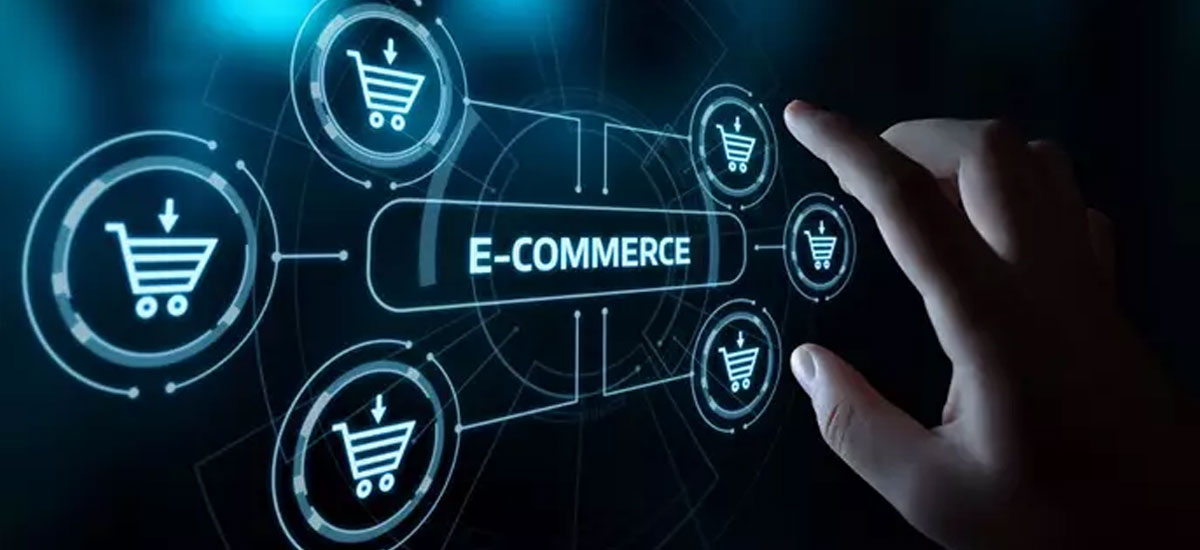
In 2025, the e-commerce landscape will continue to evolve, with more opportunities for entrepreneurs to explore new business models. Here are some of the key trends to keep an eye on:
1. Subscription-based Models:
Subscription-based e-commerce is gaining popularity as businesses create recurring revenue streams. This model works well with dropshipping, POD, and AI stores, as it offers a reliable customer base and predictable income.
2. AI and Automation:
AI will continue to be a game-changer in e-commerce. From AI-powered customer support and chatbots to advanced analytics and personalized marketing, AI will drive the future of online shopping.
3. Sustainability and Ethical Shopping:
Consumers are becoming more environmentally conscious, and sustainability will be a key focus for e-commerce businesses. Brands that prioritize eco-friendly products and ethical sourcing will likely see more success in 2025.
4. Augmented Reality (AR) Shopping:
AR technology will allow customers to try products virtually before buying them. This will become more common in both dropshipping and POD businesses as technology improves.
Final Thoughts
As you look toward starting your e-commerce business in 2025, it’s important to understand the key differences between dropshipping, print-on-demand, and AI-powered stores. While each model offers unique advantages, the choice ultimately depends on your goals, resources, and level of expertise.
Dropshipping is ideal if you want to test the waters with low startup costs, print-on-demand is perfect for those looking to create unique, customizable products, and AI-powered stores offer an innovative solution for those with larger budgets seeking automation and personalization.
By understanding these models and trends, you can make a more informed decision and set yourself up for success in the booming world of e-commerce.





